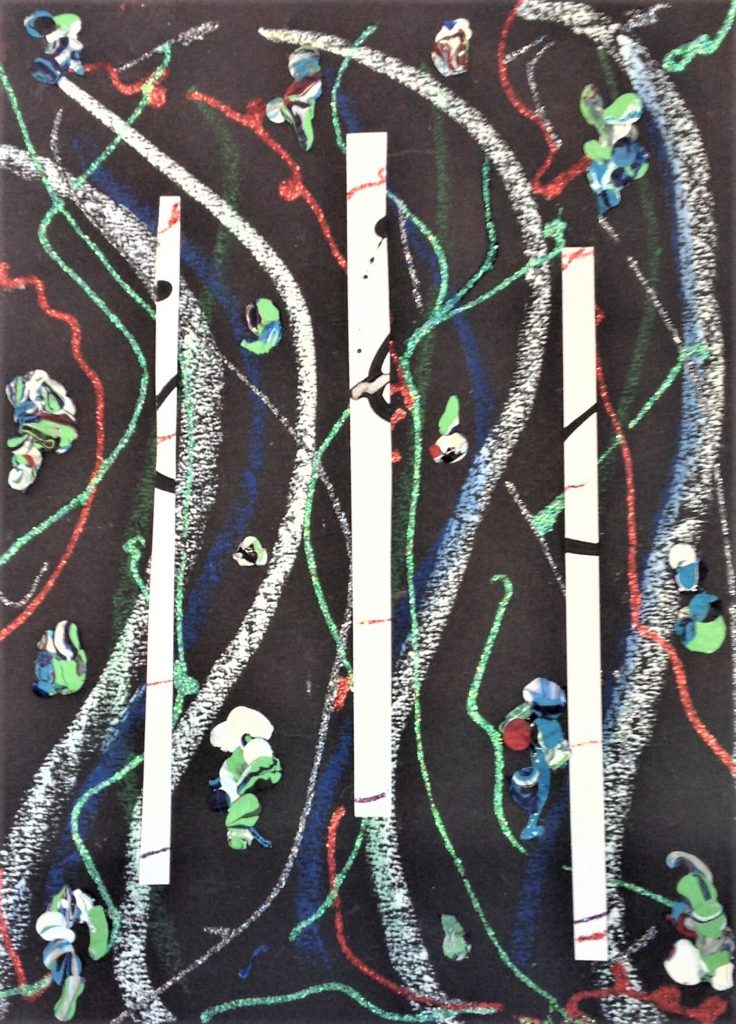An autistic reflects on friendship with trees, lakes and certain birds
Margaret King
“Cantankerous and untrusting of people, he preferred the company of his cows, feeding them apples by hand and sleeping next to them….Woodward once had an ox named Old Duke who he taught to shake hands and roll over like a dog. ‘I loved him,’ Hall wrote, ‘and I could feel his affection for me.’” — Steve Edwards, “Misunderstanding Thoreau: Reading Neurodiversity in Literature and in Life”
“When people were able to see trees or the sky, or hear birds, feelings of loneliness fell by 28%.” — “Contact with nature in cities reduces loneliness, study shows,” The Guardian, 12/20/21
The lakeshore is beautiful in all seasons, even in the depths of winter. Even on the cloudy and rainy and stormy and especially the snowy days, it is beautiful because it is wild. Sometimes autistics have been thought of as feral people who have never been fully domesticated into our society.[i]
Mid-December, inching towards solstice, we walk back toward the light. Although I’m hundreds of feet above them, their voices carried at least half a mile offshore. I walked to the edge of the steep bluff, and there they were, far below–50 or so geese bobbing on the waves, talking. Were they complaining about the weather? Or were they, like me, worshiping the sun that day?
How few people were out that day making their endless noise, or breathing fresh air, or listening to the crashing waves. A few small children screeched at a nearby playground, but their shrieks did not grate. Joyful sounds felt acceptable, and mingled with the waves and the geese. Although, there was a man walking a dog on that splendid Sunday, blasting a football game out of a radio as he walked. And there was another man, half a mile up, sitting on a bench overlooking the lake broadcasting angry, ranting talk radio, which seemed a poor choice and a profaning of the day. And then there was me, speech-to-texting this essay with the waves crashing below and the wind whipping all around, trying not to bother anybody, but perhaps, even I was committing some oblivious human blunder, disturbing a sleeping wood butterfly perhaps, with my musings.
If I tell people I consider certain trees, hummingbirds, the lakeshore, certain birds my friends, they might wonder if I have enough human friends–maybe, maybe not. All I know is that these living creatures are also my friends, and I feel close to them. Fellow humans might point out that friendship involves some sort of give and take. So what are trees and lakeshores and hummingbirds asking of me? It’s obvious they ask what any living thing asks for. To be noticed. To be seen and not judged. To be appreciated. I cannot think of a better definition of friendship, anyway.
Fellow humans may ask, “how do you know these creatures feel the same way about you?” I do not know for sure how they feel about me: but do you know for sure how the humans in your life feel about you? Studies show many of the people we consider our friends do not feel the same level of affection or attachment for us. Sometimes they don’t even feel reciprocal friendship for us at all.
I’m sure we’ve all been on both sides of that equation.
Instinct tells me that the odds are as good with nature as they are with humans. Perhaps better.
It’s a risk I am willing to take.
—
[i] See, for example, “Staying Autistic, Staying Feral” by Amy Gaeta





